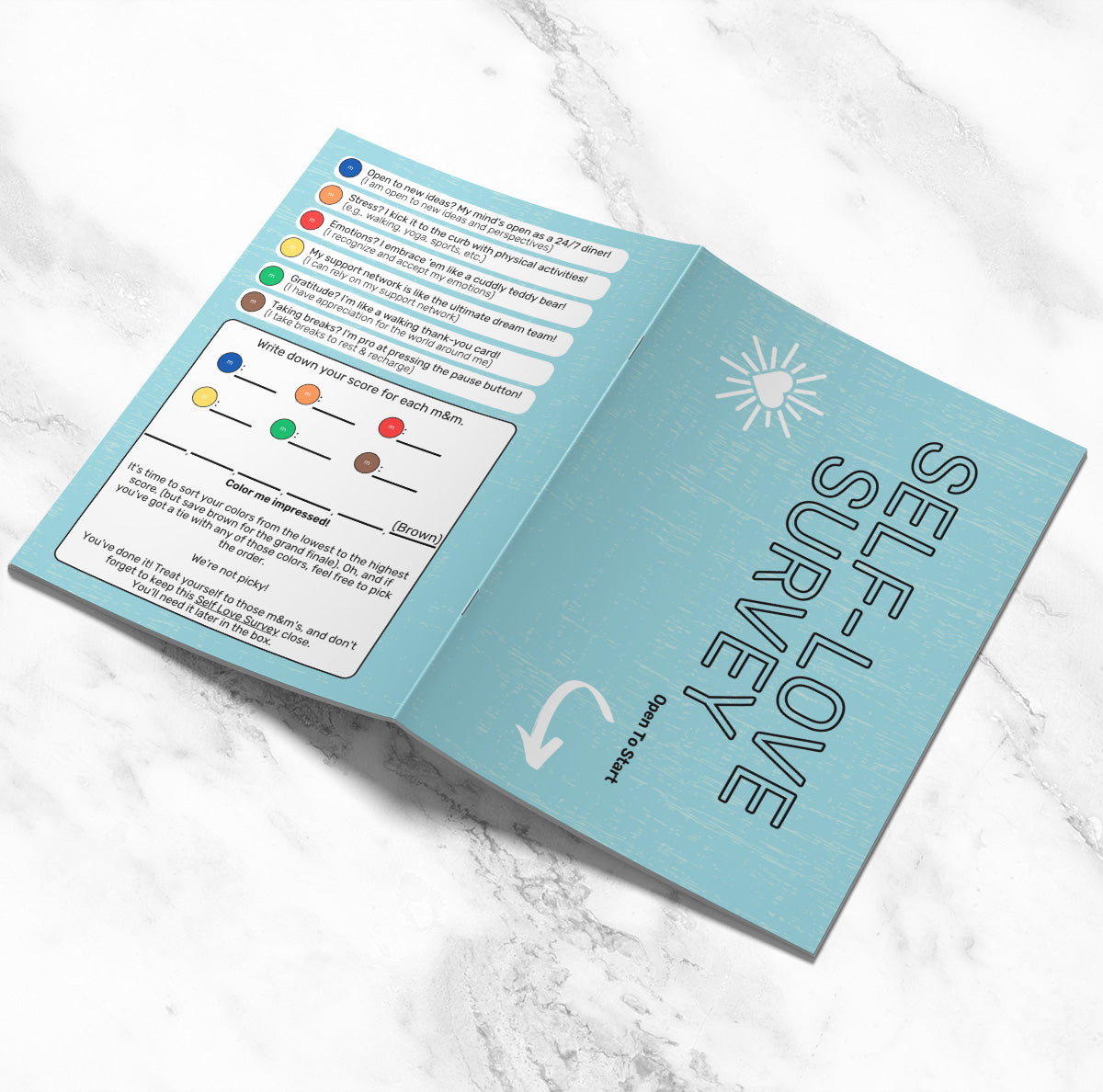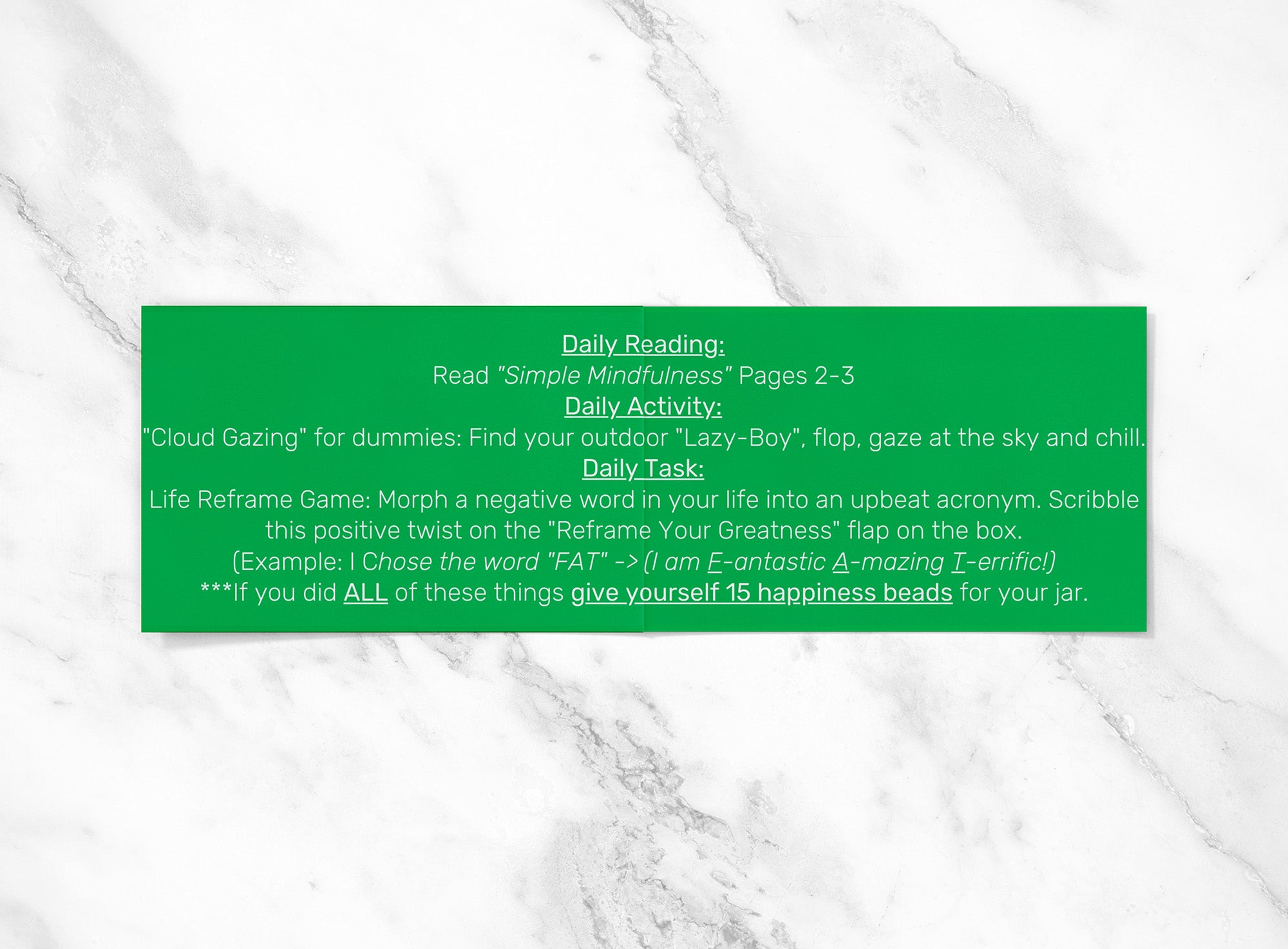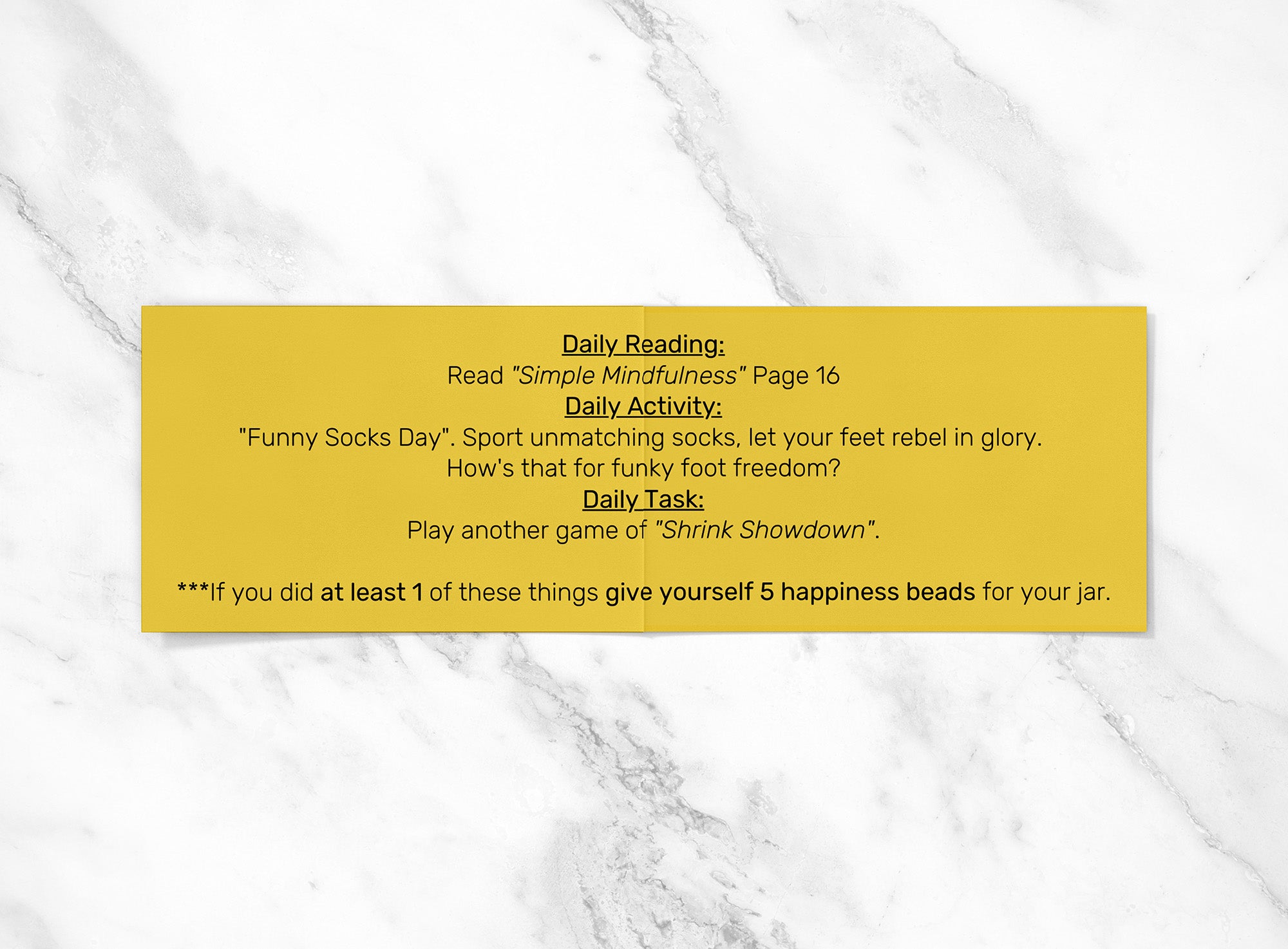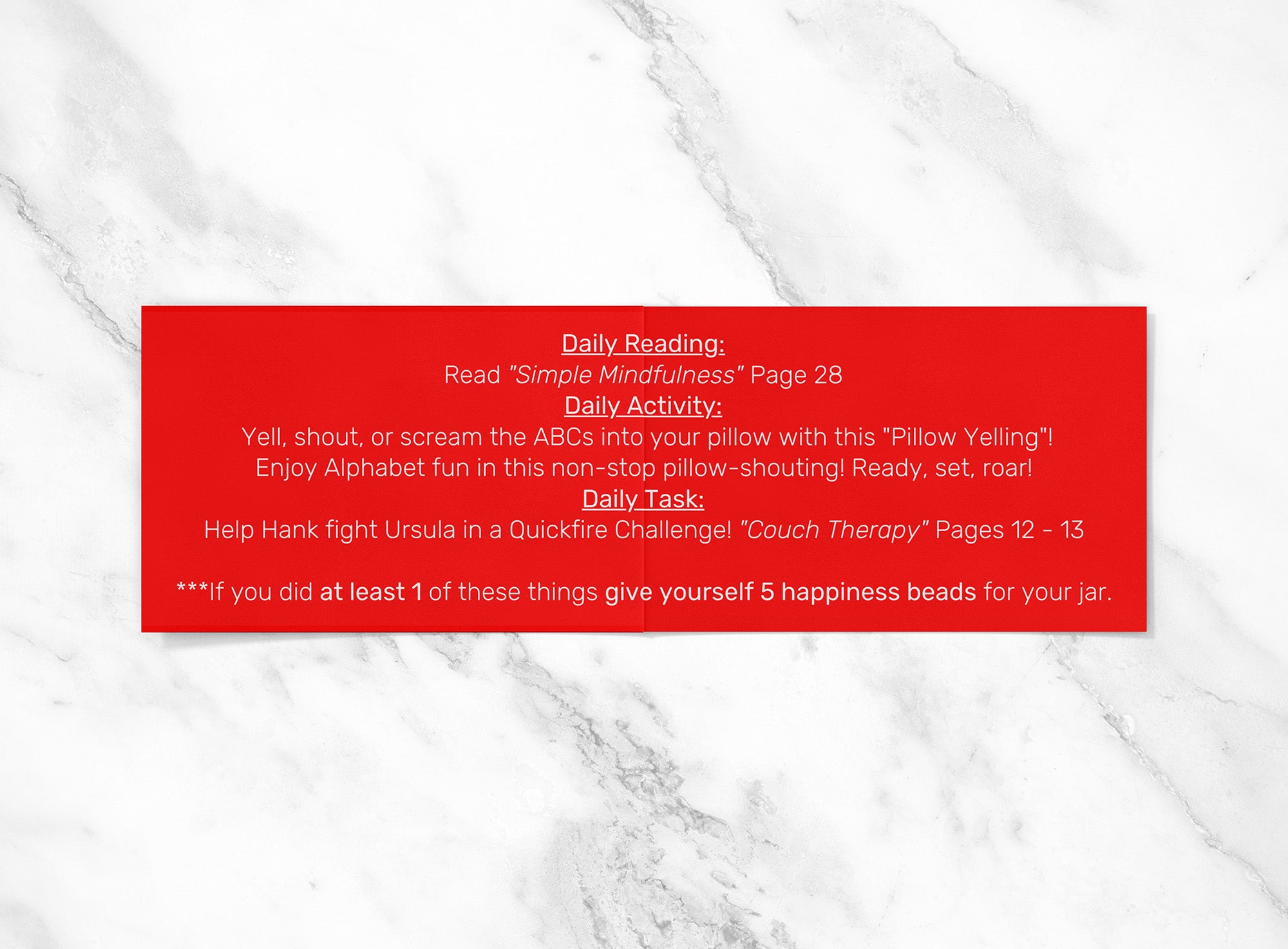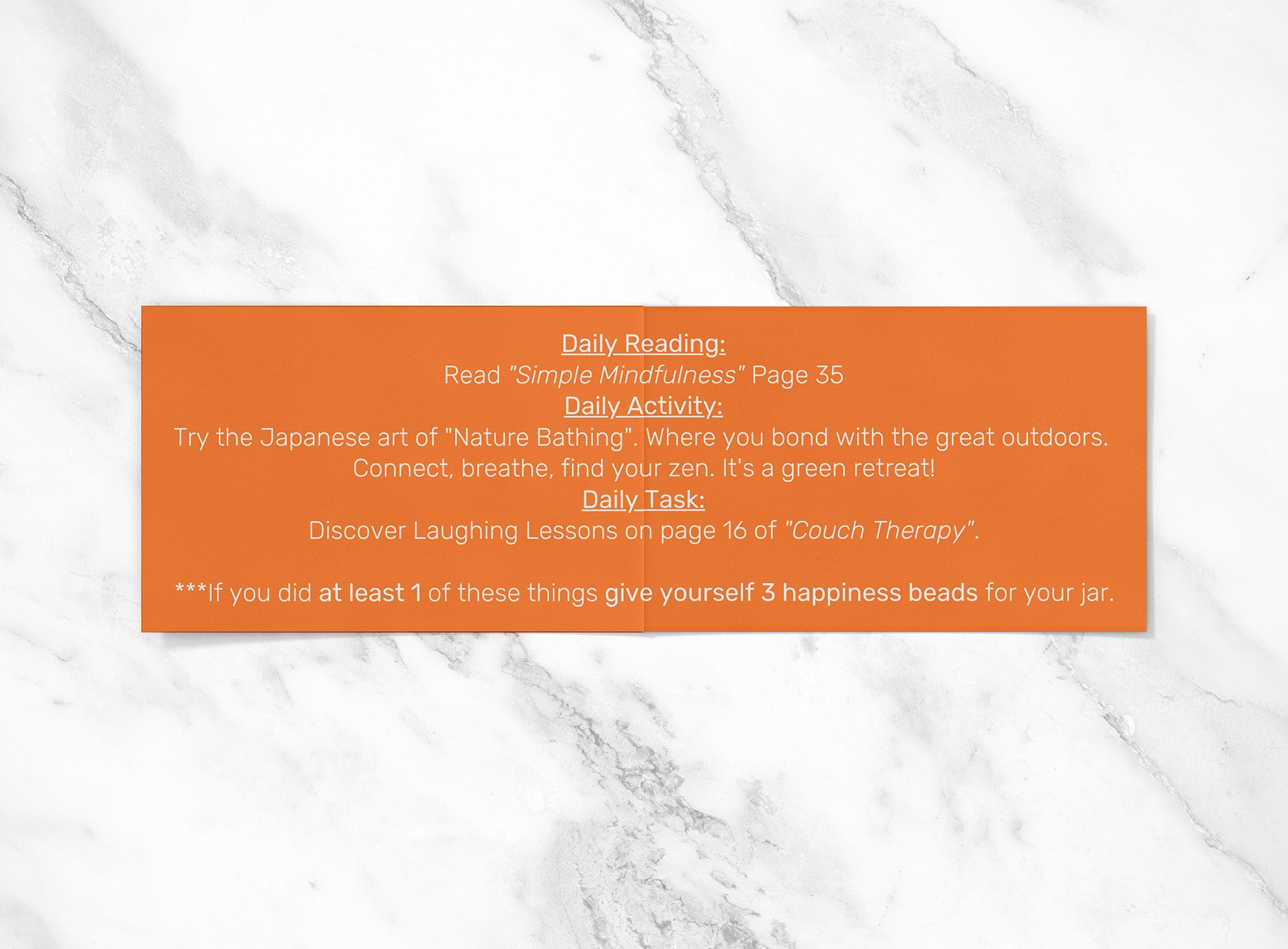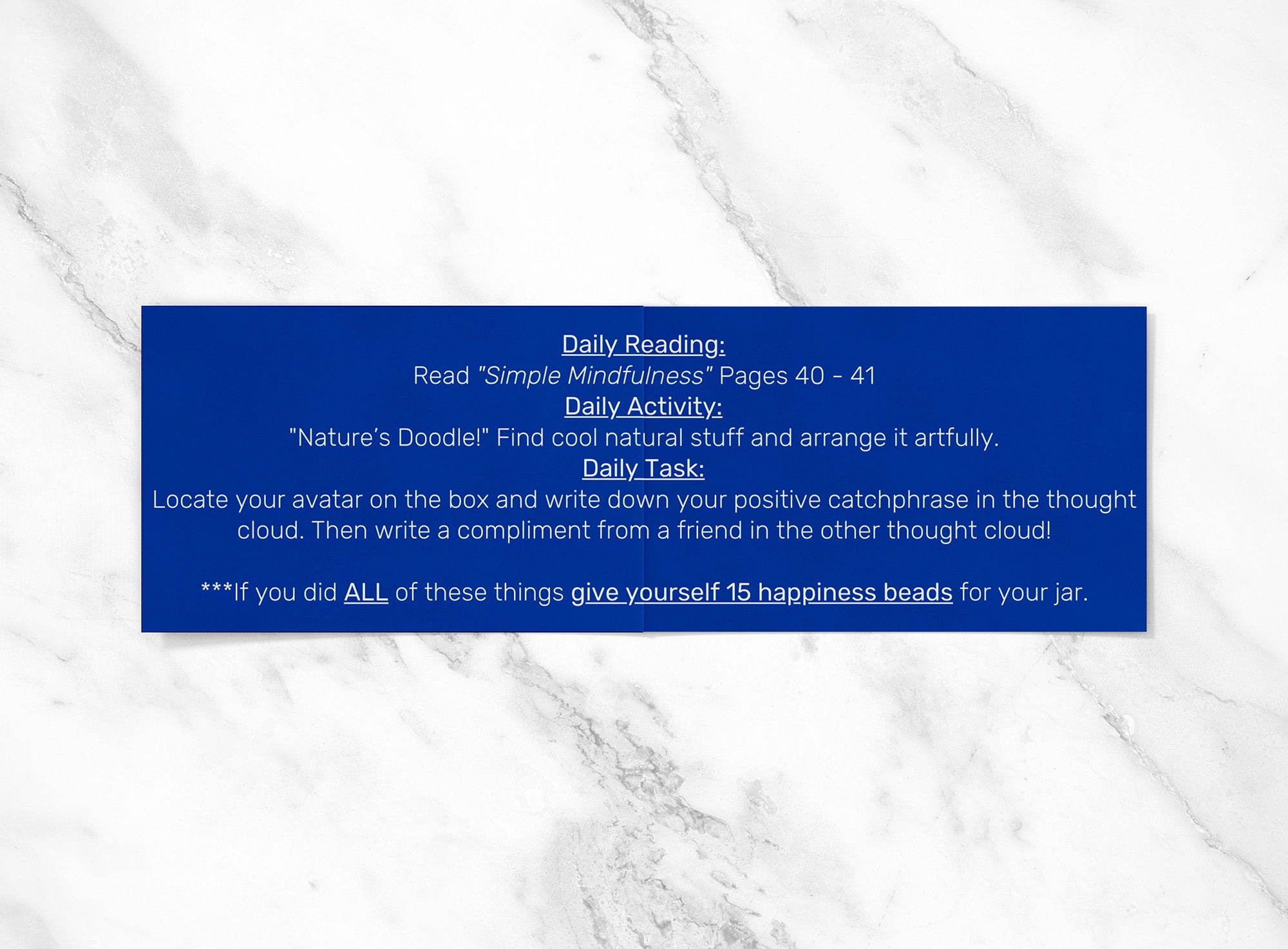You're Not Alone
At Pretherapy, we understand the courage it takes to face your mental health challenges. Our goal is to provide a compassionate, accessible path to wellness, one step at a time. Whether you feel unprepared for traditional therapy or are seeking a soft alternative step, we're here to support you.
Wow. Just wow. I don't have words for the way pretherapy impacted my life.
You guys are amazing! My daughter loved pretherapy and it has helped her in so many ways!
I’m grateful for the opportunity to have received and experienced pretherapy.






